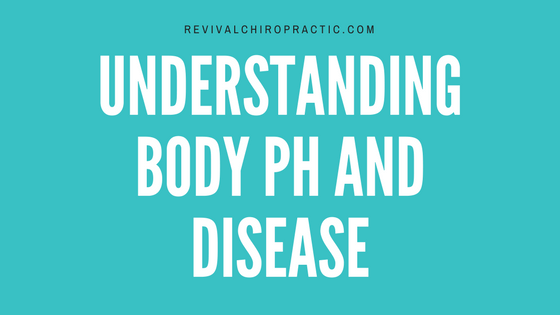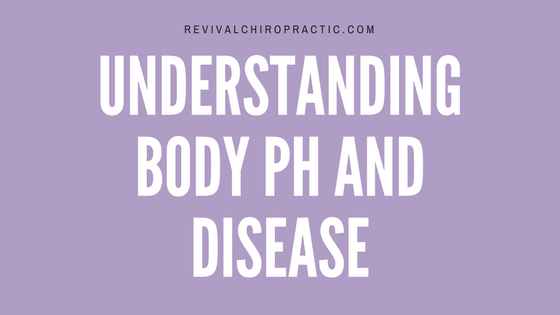We all know someone, or perhaps even ourselves, who has been stricken with Cancer, Heart Disease, or some other chronic illness. But have you ever considered why this is?
Our bodies are meant to support our health throughout life so why are some people struck with disease, while others aren’t? And did you know you can make an impact your own susceptibility to disease through monitoring your Body pH?
What is it about cancer and chronic disease? What do you think is contributing to this exponential increase in sickness and disease? If you’re thinking that it’s our environment, you’re right. Our environment plays a massive role in our health.
The National Cancer Society recognizes that 80% of all cancers are lifestyle induced. And unfortunately many things are out of our control. We can’t always control the pollutants in our water, or the pollutants in the air, or sometimes even our food. But there are a lot of ways that we can take control and make small simple changes that can set you and your families up for a brighter future.
The biggest environmental factors that you can truly impact, are cellular factors, emotional factors, and neurological factors.
Since the War on Cancer began in the 1970s, cancer has gone from a #8 killer to a #1 killer. It has now surpassed heart disease as the number one killer in people under the age of 85. Cancer is the leading cause of childhood death in the US with diagnoses rates at 1:2 men and 1:3 women. If we account for the cost of cancer treatments, we’re talking about $100 Billion spent on chemo, pharmaceuticals and other treatments in the US in 2014.
In this blog post, we’re going to really focus on the cellular factors. On a cellular level, our bodies are always working to maintain homeostasis.
For example, if you’ve ever been super busy at work and you simply forget to drink water throughout the day, you’ll probably notice that you don’t have to pee too much. Your body is smart and when you don’t ingest enough water, your body will hold onto the water that it has and therefore you won’t have to pee. But if you drink tons of water throughout the day, you’ll find that you’re probably in the bathroom more than your boss might like. Your body knows that its okay to release that water because you have enough. That’s homeostasis.
One of the biggest ways that our bodies maintain homeostasis is through body pH. pH is a measure of acidity and alkalinity of your body. Almost every single function of the body is sensitive to the pH of their fluids.
When pH is acidic, the cells become poisoned and toxic by their own wastes, it’s harder to take up vital nutrients critical for optimal health, and there is less oxygen available for use.
The reason we want to be more alkaline is that our body will naturally produce acids when performing basic functions like metabolism, immune system function and more. And we need an alkaline body pH to help buffer these acidic byproducts.
Because we need these alkaline buffers, if we aren’t getting it from our food, then our bodies will pull alkalizing materials like calcium, potassium, and magnesium from our bones, muscles and organs. This can then lead to several different issues. Basic signs and symptoms of low pH (acidity) are tiredness, dry skin, brittle nails, fatigue, poor digestion, muscle weakness, cold hands and feet, headaches, sleepiness, confusion, seizures, shortness of breath and more.
Cancer thrives in an anaerobic acidic state so when our body’s pH is low (acidic) we are maintaining the perfect environment for cancer.
Luckily pH is very easy to measure and I’m going to tell you how! You can easily pick up a pack of pH test strips either at a local health food store, like Hoover’s, or even right on Amazon.

Acidic pH is 6.8 and below
Alkaline pH is 7.2 and above
Ideal pH inside the cell is 7.4. We really want to keep that pH around the 7.4 mark for healthy body functioning.
I’m going to challenge you over the next week to check your pH to see where you stand.
The key is to journal your pH at several different times of the day and track your pH for an entire week. The reason why we have you journal is that your pH will naturally fluctuate throughout the day so you’ll want to check it at four times throughout the day to find your baseline. I would recommend checking first thing in the morning, right before lunch, during the mid-afternoon, and before bed. You’ll probably be more acidic in the morning and more alkaline before meals and before bed.
Use this worksheet to start tracking your pH over the next week and then tune in for Part 2 next week to learn about how you can start to shift your body pH into a more alkaline state!



Recent Comments